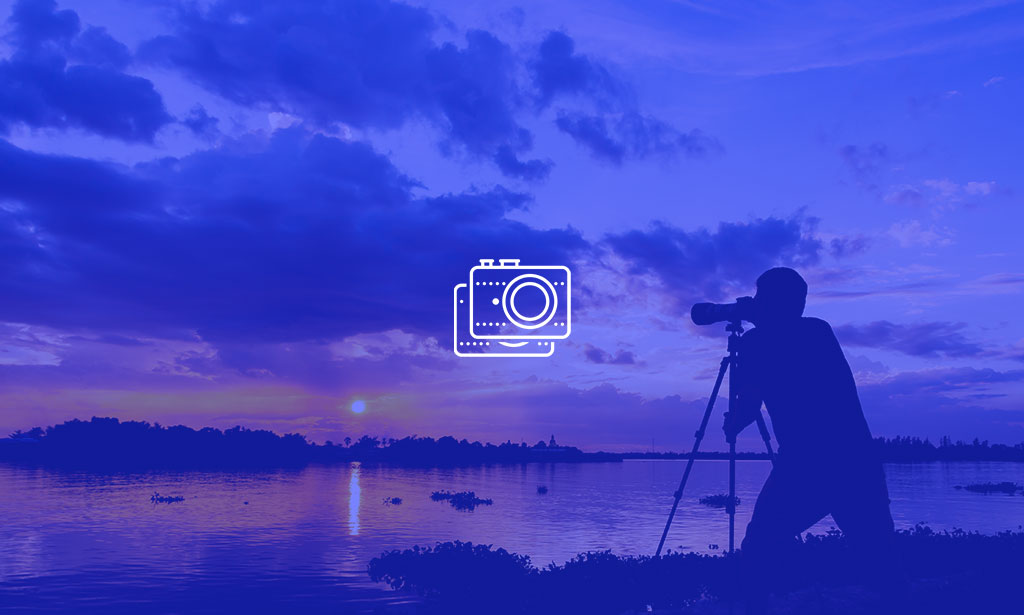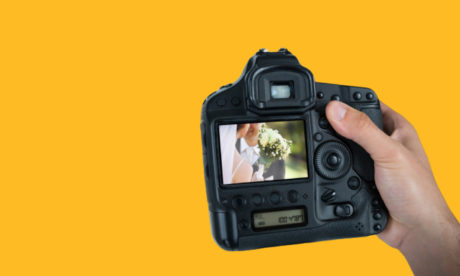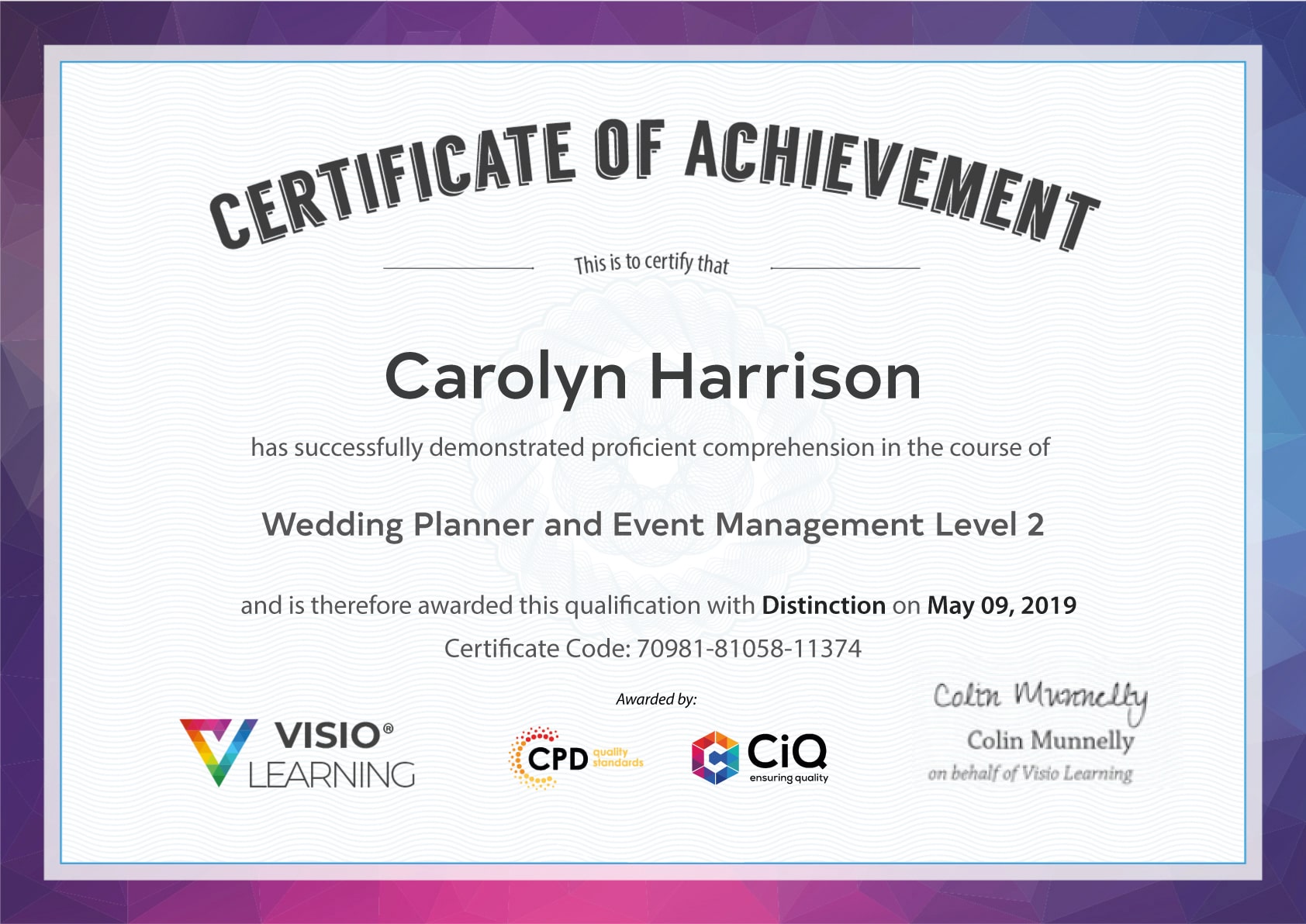Course Curriculum
| Unit 01: Introduction to Night Photography | |||
| Module 1: Introduction to the Course | 00:02:00 | ||
| Module 2: What is Night Photography | 00:01:00 | ||
| Unit 02: Photography Equipment | |||
| Module 1: Introduction (Unit 2: Photography Equipment) | 00:01:00 | ||
| Module 2: Camera | 00:02:00 | ||
| Module 3: Sensor Size | 00:03:00 | ||
| Module 4: Lenses | 00:03:00 | ||
| Module 5: Prime VS Zoom | 00:02:00 | ||
| Module 6: Tripods | 00:02:00 | ||
| Module 7: Filters | 00:02:00 | ||
| Module 8: Accessories | 00:05:00 | ||
| Unit 03: Basics | |||
| Module 1: Introduction (Unit 3: Basics) | 00:01:00 | ||
| Module 2: What is ISO | 00:02:00 | ||
| Module 3: ISO Practical | 00:02:00 | ||
| Module 4: What is Aperture | 00:02:00 | ||
| Module 5: What is Shutter Speed | 00:03:00 | ||
| Module 6: Shutter Speed Practical | 00:04:00 | ||
| Module 7: Exposure Triangle | 00:03:00 | ||
| Unit 04: Advanced Basics | |||
| Module 1: Introduction (Unit 4: Advanced Basics ) | 00:01:00 | ||
| Module 2: Histogram | 00:03:00 | ||
| Module 3: RAW vs JPEG | 00:03:00 | ||
| Module 4: What is RAW | 00:02:00 | ||
| Module 5: Dynamic Range | 00:03:00 | ||
| Module 6: Kelvin Temp | 00:03:00 | ||
| Unit 05: How to Plan | |||
| Module 1: Introduction (Unit 5: How to Plan ) | 00:02:00 | ||
| Module 2: Light Pollution | 00:03:00 | ||
| Module 3: Weather App | 00:03:00 | ||
| Module 4: PhotoPills | 00:06:00 | ||
| Module 5: Feature of PhotoPills | 00:07:00 | ||
| Module 6: PRO Tip for Night Sky Planning | 00:03:00 | ||
| Unit 06: Capturing Night Photos | |||
| Module 1: How to Focus | 00:07:00 | ||
| Module 2: Base Settings | 00:02:00 | ||
| Module 3: Practical Base Setting | 00:02:00 | ||
| Module 4: Underexposed | 00:02:00 | ||
| Module 5: Overexposed Part 1 | 00:02:00 | ||
| Module 6: Overexposed Part 2 | 00:03:00 | ||
| Module 7: Pro Tip to Find Composition Fast | 00:02:00 | ||
| Unit 07: Composition | |||
| Module 1: Introduction (Unit 7: Composition ) | 00:02:00 | ||
| Module 2: Foreground | 00:03:00 | ||
| Module 3: Scale | 00:03:00 | ||
| Module 4: Reflection | 00:03:00 | ||
| Module 5: Low Light Cityscape Photography | 00:04:00 | ||
| Module 6: Creating Simple Light Trails | 00:03:00 | ||
| Unit 08: Advanced Capturing | |||
| Module 1: Light Pollution Filter | 00:02:00 | ||
| Module 2: Exposure Blending | 00:03:00 | ||
| Module 3: Artificial Light | 00:03:00 | ||
| Module 4: Focus Stacking | 00:04:00 | ||
| Module 5: Time Lapse | 00:05:00 | ||
| Module 6: Star Trails | 00:03:00 | ||
| Unit 09: Editing | |||
| Module 1: Introduction (Unit 9: Editing) | 00:02:00 | ||
| Module 2: Basic Overview | 00:19:00 | ||
| Module 3: Global VS Local Adjustment | 00:09:00 | ||
| Module 4: Editing Night Photography Images | 00:22:00 | ||
| Module 5: Proper Artificial Light | 00:15:00 | ||
| Module 6: Blending Multiple Exposure | 00:13:00 | ||
| Module 7: Focus Stack- Photoshop | 00:07:00 | ||
| Module 8: Focus Stack- Helicon | 00:06:00 | ||
| Module 9: Time Lapse | 00:06:00 | ||
| Module 10: Star Trails | 00:11:00 | ||
| Module 11: Adobe Lightroom Pro Tips | 00:14:00 | ||
| Photo Submission | |||
| Submit Your Photos | 00:00:00 | ||
Course Reviews
[elementor-template id='289348']










